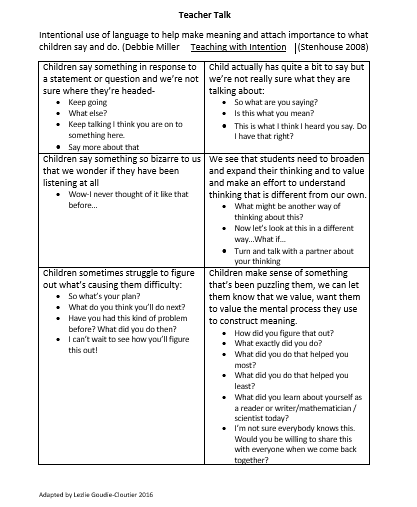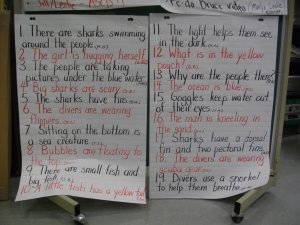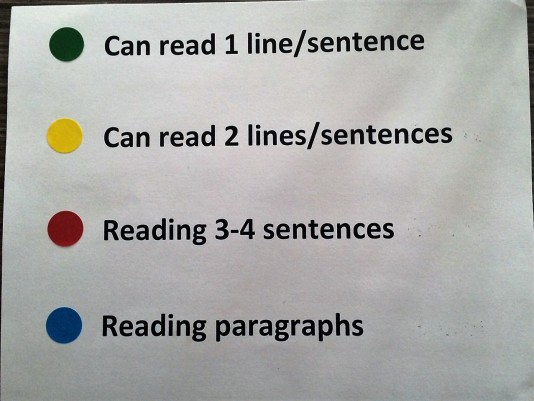Step 1 Step 2 Step 3 Step 4 Step 5 Step 6 Step 8 Step 9 Step 10
7. Class generates titles, main ideas and topics of study
It is essential to discuss the purpose of the title –it is an introduction to main idea. A title is a promise from the author that the content of the book will match the title.
“Mask’ book titles and show them to students one at a time.
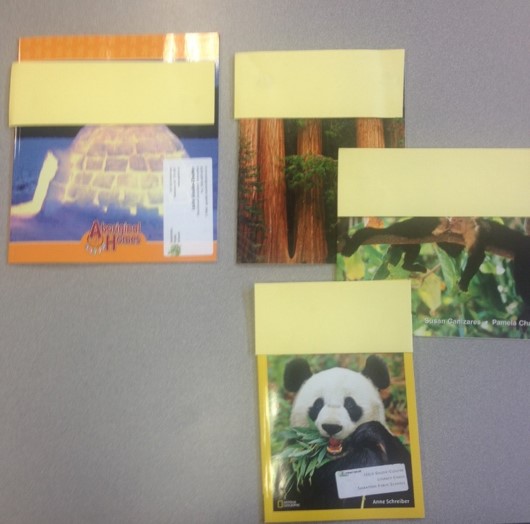
If the author is keeping their promise, the title needs to be about the contents of the book. Let’s look at this book-what is it about? What is the main idea? Can you think of a good title? (generate ideas…let’s see what the author entitled the book…)
Brainstorm things that have titles, together with your students- they will have ideas but you might need to push them-People (Mr. Mrs…), movies, video games…) Tell your students that there are MANY kinds of titles. It is important to be able to make up titles for many things.
- We are going to look at kinds of titles.
- Begin an anchor chart with kinds of titles
- Add the name of each type of title as you go
- Alternate colours
- This could be over a week or several days
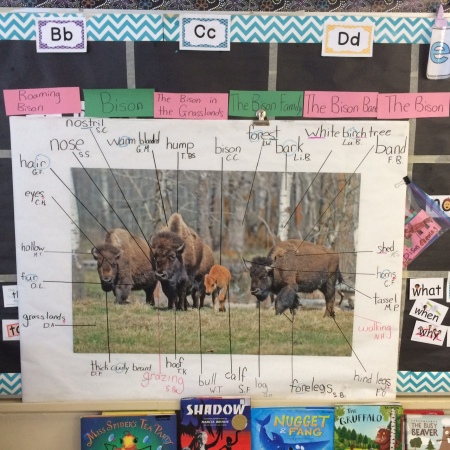
Another way to display titles is by writing them on paper and attaching them above your photo. Make sure that there are several options for students. Avoid voting on a class title and provide students with several options to choose from.
I am attaching a link to the power point I use when teaching titles. Each type of title is a separate lesson. Don’t teach them all in one day!!
A lesson on Titles




